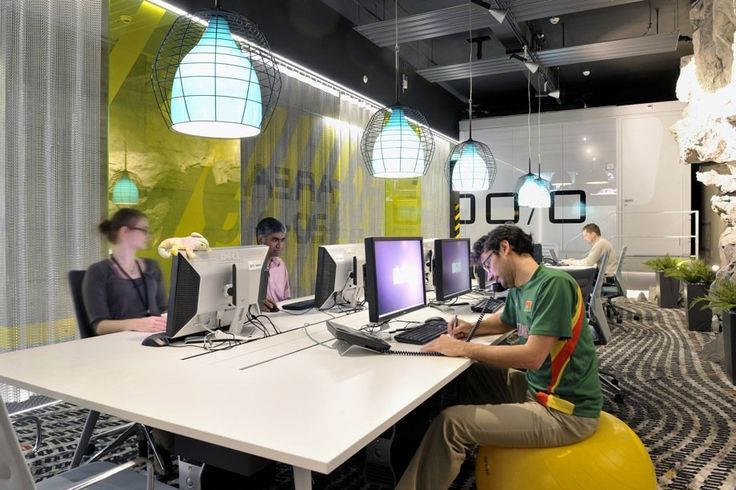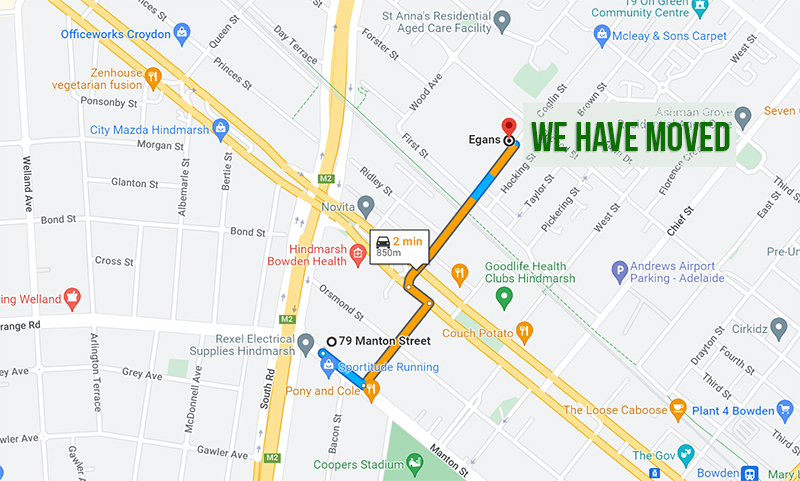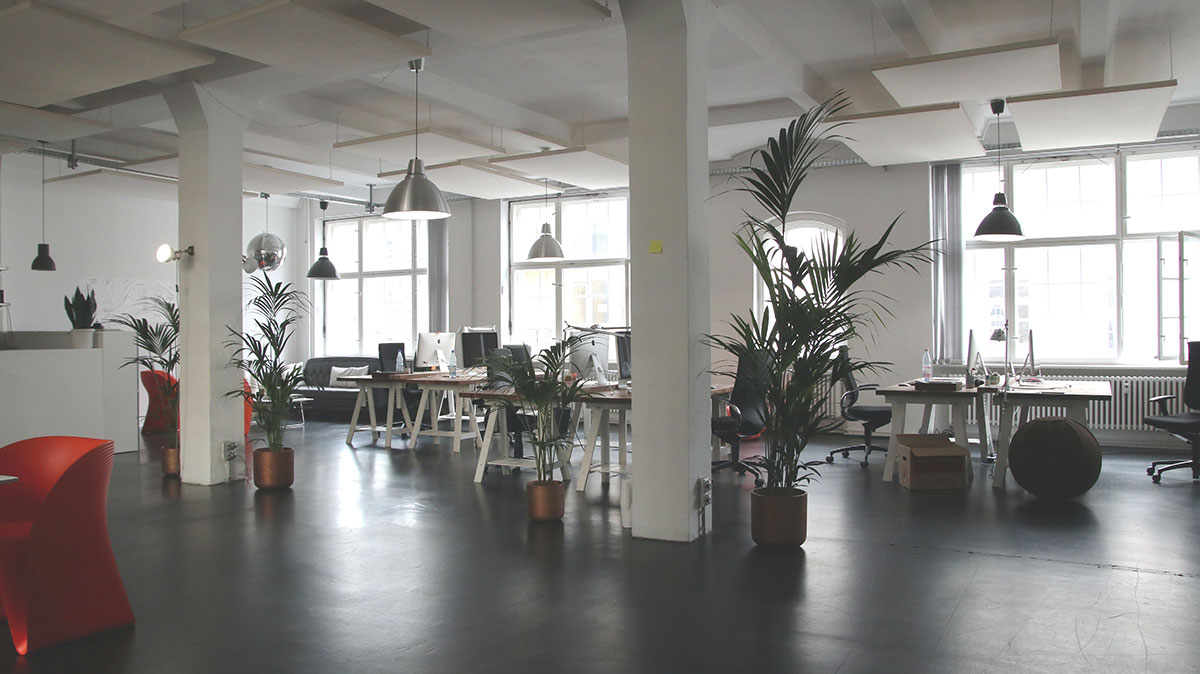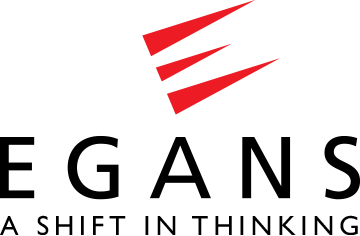The Sydney Morning Herald Sun recently published an article called The great hot-desking experiment has failed. The article backed by research clearly shows that the highly popular hot-desking trend for the most part has a negative impact on office productivity. Despite numerous studies proving the inefficiencies of shared desks, two thirds of Australian business will have implemented hot-desking by the end of the decade.
The open plan office trend was soaked up by 99% of businesses around the world and is now common place. Again, like hot-desking, the studies showed an overwhelming negative impact on productivity. Whilst open plans increase communication, the quality of communication is diminished and the amount of actual work that gets done is reduced.
So why do offices in Australia and around the world follow trends that are evidently bad for business and if none of these trends work, what does?
The latest trends being hot-desking and activity-based workplaces are driven by cost, cloaked by a mantra of so called increased productivity. A recent study of 1000 Australian workers published in Science Direct showed that “as work environments became more shared (with hot-desking being at the extreme end of the continuum), not only were there increases in demands, but co-worker friendships were not improved and perceptions of supervisory support decreased”. The Sydney morning Herald talks about hot-desking bringing about “employee marginalisation, indifference and inattention to co-workers, loss of identity and decreased organisational commitment”. Studies for activity-based workplaces yield similar results.
The truth is that there is no magic bullet for all businesses. An office layout that works really well for one type of business can negatively impact another. Take Google’s ‘1 day out of the office per week’ policy for example. Some of the company’s great ideas have come out of this ‘out of office plan’ because it spurs creativity and innovation. But what if your employees don’t need creativity? What if productivity for your business looks very different to what it looks like for Google. A call center for example would do miserably with a full open plan office because every workstation needs to block out the noise from the caller next door. Even businesses in the same industry have different work cultures and therefore require different office setups.
So what office layout is right for your business? The answer lies in your business culture and it’s subcultures. When you have a really good understanding of the culture of your business and each business units subculture and work activity, you can mold your office fit-out around their needs rather than following the latest trend. Whilst the low cost of these trends make them tempting, they might cost your business a lot more in decreased productivity over the long term.










